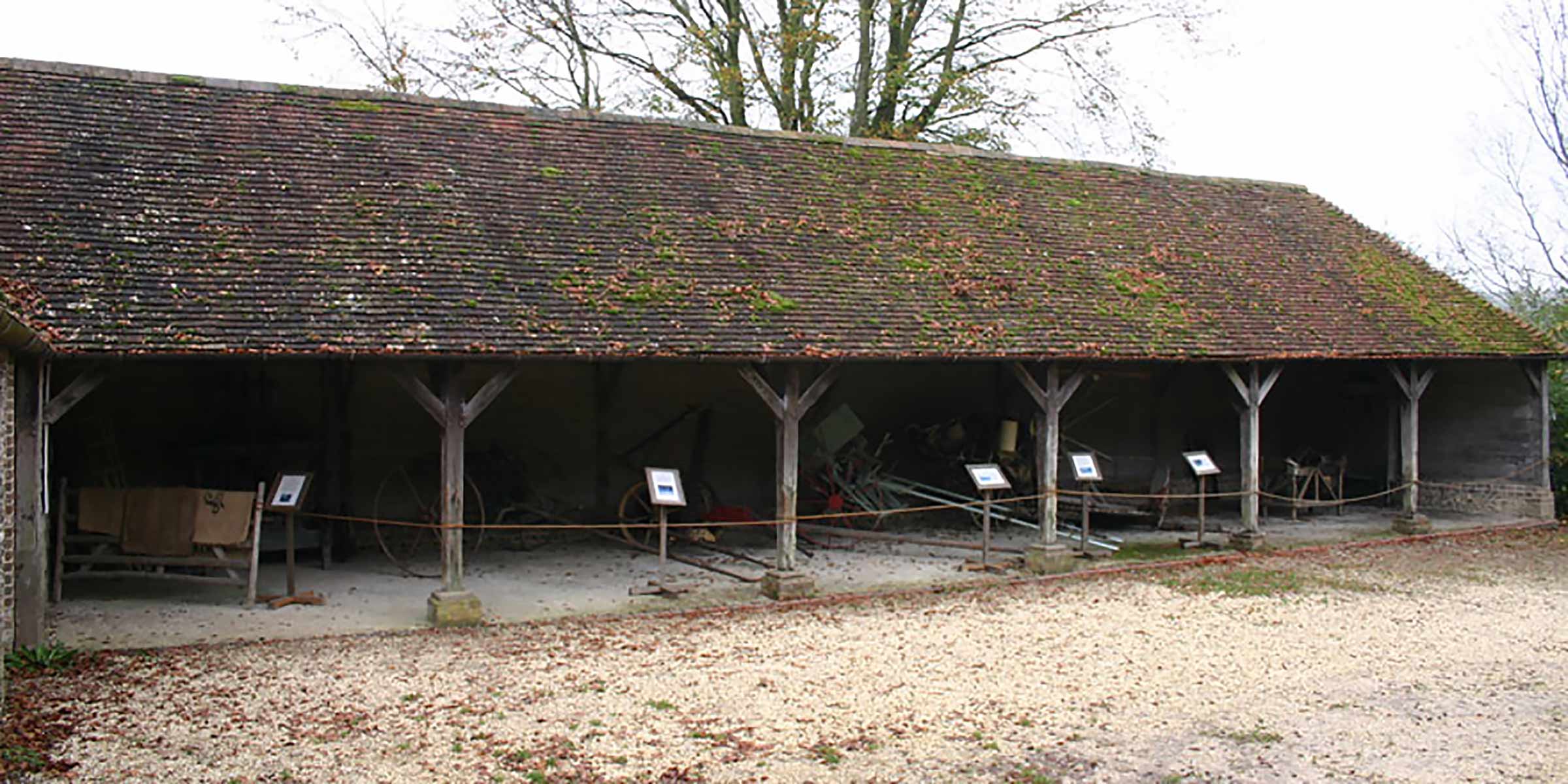
Open-fronted sheds provided shelter for cattle kept in yards. Originally these sheds each formed part of a farmyard group, with barns and other sheds around a foldyard. They were built in the late 18th or 19th century.
Cattle were kept on traditional farms for their manure as much as for dairy products, calves and meat. To produce manure that could be collected and used as fertilizer, cattle had to be kept either in cow-houses or in foldyards.
The yards were bounded by walls or buildings, and the buildings were often open-fronted sheds in which the cattle could shelter. Hence they are known as cattle sheds or shelter sheds.
Share
Overview
Dates From
Late 18th–19th century
Original Locations
Rusper, Lurgashall, Kirdford, Coldwaltham & Goodwood
Building History
Background Information
The sheds provided shelter under which the animals could feed, and they usually contained feeding racks. The animals were generally not tethered in the sheds, but free to enter or leave at will.
Five open-fronted sheds have been re-erected at the Museum:
- Rusper: dismantled & re-erected 1970
- Lurgashall: dismantled 1970, re-erected 1971
- Kirdford: dismantled 1971, re-erected 1973
- Coldwaltham: dismantled 1973, re-erected 1974
- Goodwood: dismantled 1986, re-erected 1988
The small, three-bay shed from Lurgashall has its own yard near Bayleaf. On its original site it was adjacent to a barn which was destroyed in a gale before dismantling could be arranged.

The seven-bay shed from Kirdford was originally joined at right angles to another of eight bays, together with a barn. It has been re-erected next to a shed from Goodwood, forming two sides of a yard.
The shed from Goodwood has a shepherd’s room in one end, suggesting that the shed and the yard may have been used for sheep as well as cattle. This shed now contains a display of horse-drawn farm implements.
A shed from Rusper forms part of the Museum’s working-horse stables, and a shed from Coldwaltham is next to the charcoal burner’s camp.

Top 3 Interesting Facts

Dates of Cattle Sheds
Each building dates to a similar time, of the late 18th or early 19th century.

Farmyard Layout
All originally stood near other buildings – barns or other sheds – around a foldyard.

Keeping Cattle
Cattle were kept for their manure as much as other reasons, and this manure could be collected and used as fertiliser.







